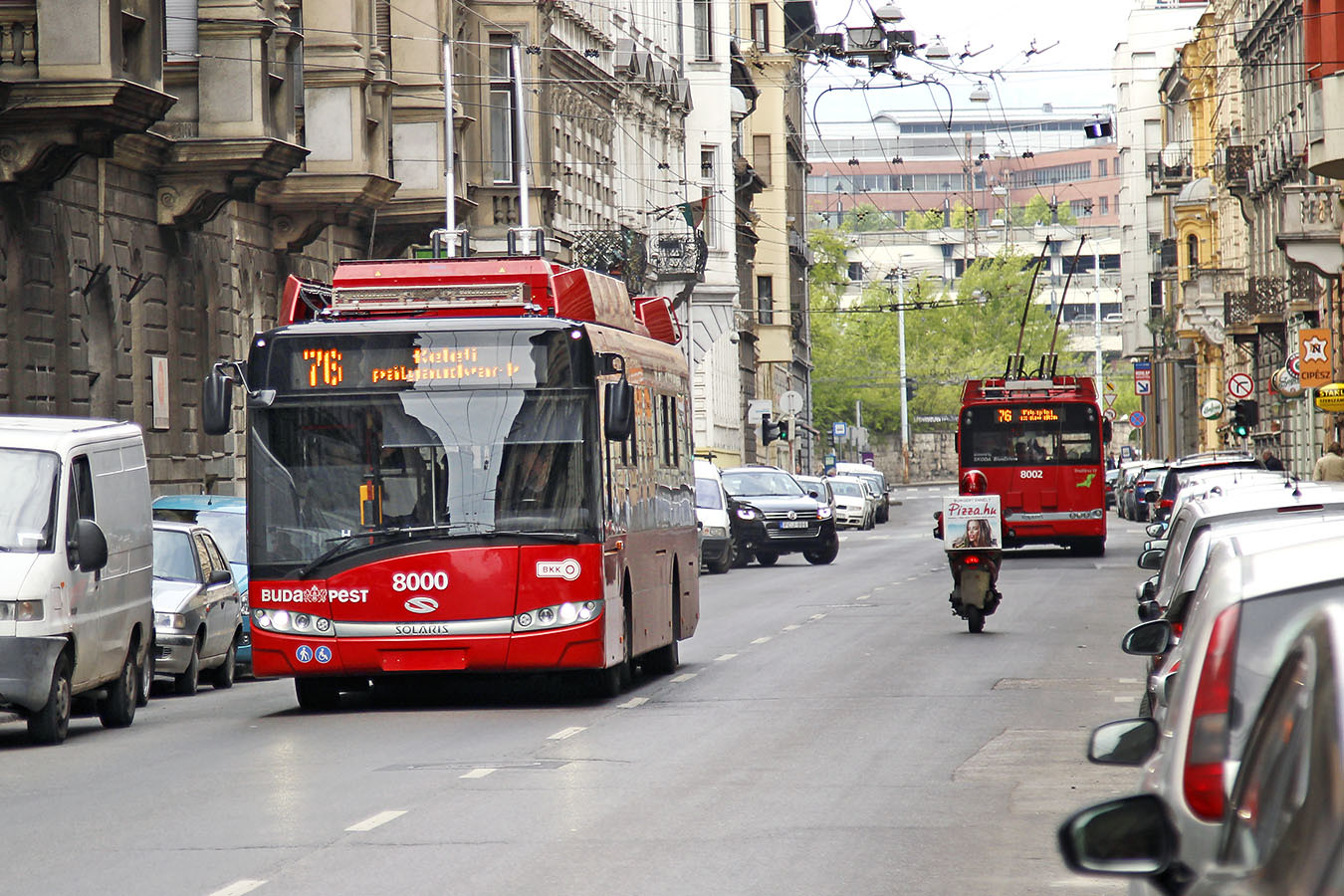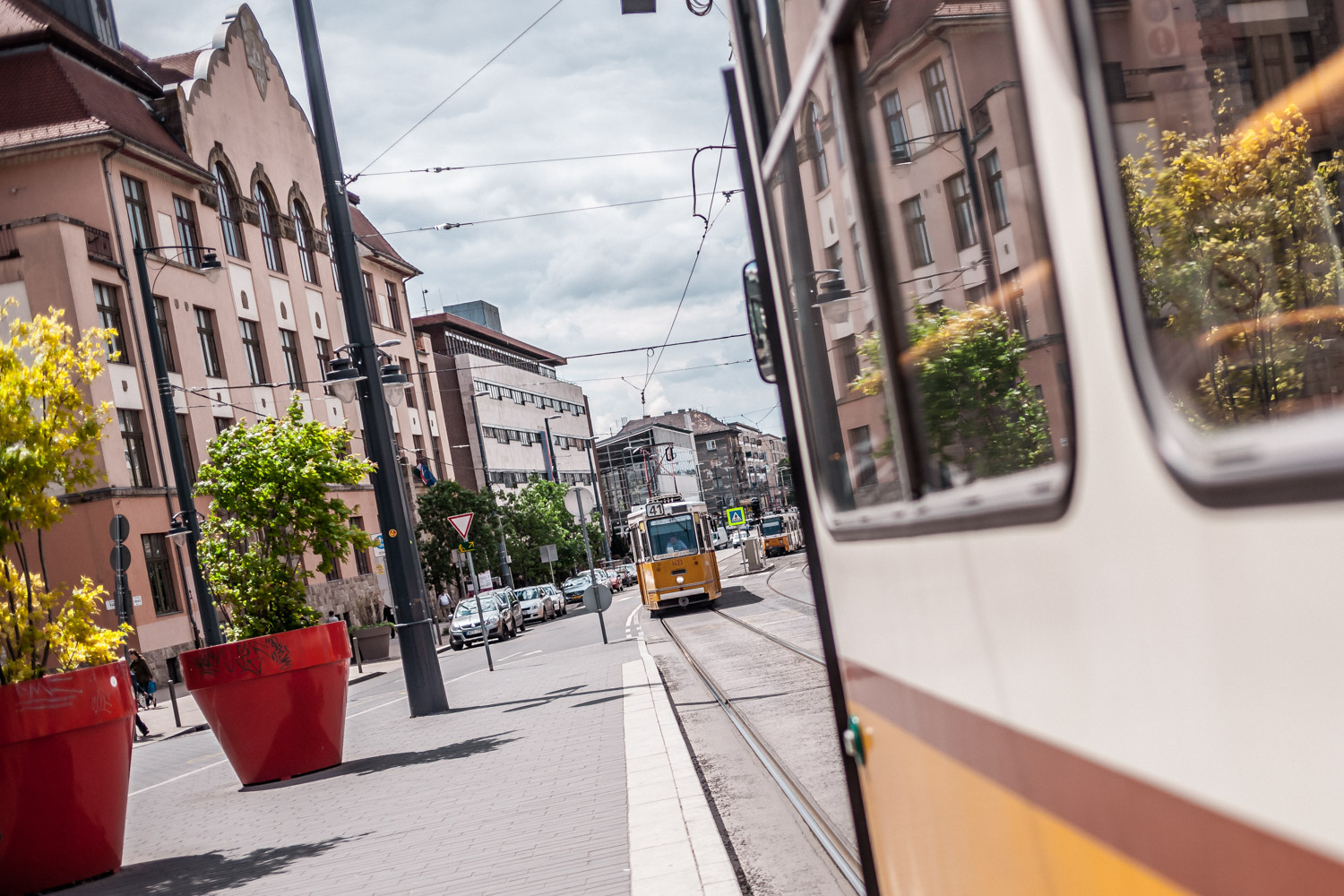Every six minutes, perhaps seven, my building rattles in reassuring fashion. If this were Sarajevo, I would fear one of those furniture-wobbling earthquake aftershocks but no, this is Budapest, and that celebratory vibration means yet another trolleybus is just going past. Though in shutdown mode, the city still ticks.
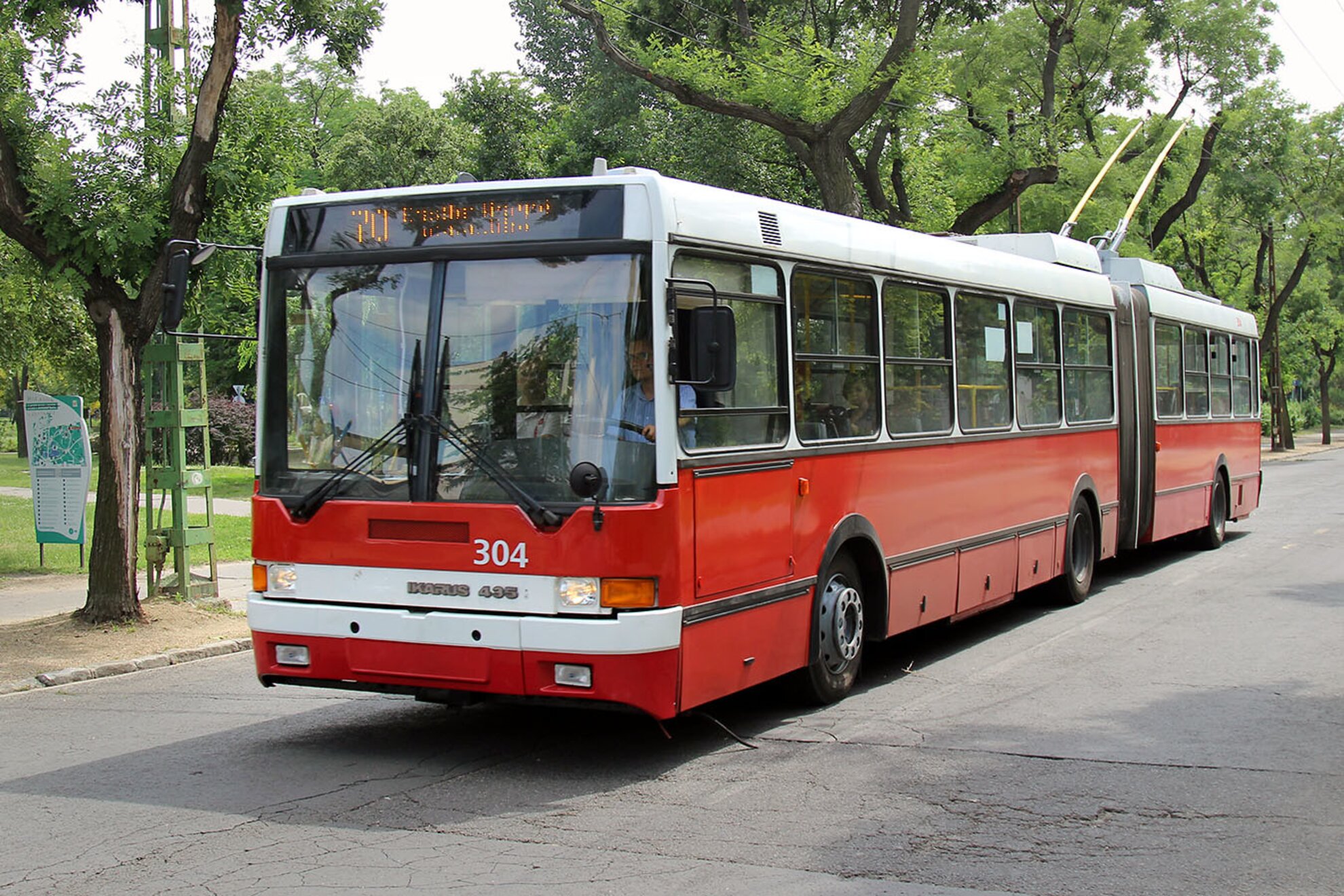
Trolleybuses here have a separate heritage to the trams – first horse-drawn in 1866 – and to the metro, introduced in 1896 for the Hungarian millennial celebration. Not municipal yellow but fire-red, trolleybuses arrived to mark another event: Stalin’s. In 1949, the Soviet despot had just passed his 70th birthday and so Budapest, the newest and arguably most reluctant capital in the Eastern Bloc, decided to the honour the occasion.
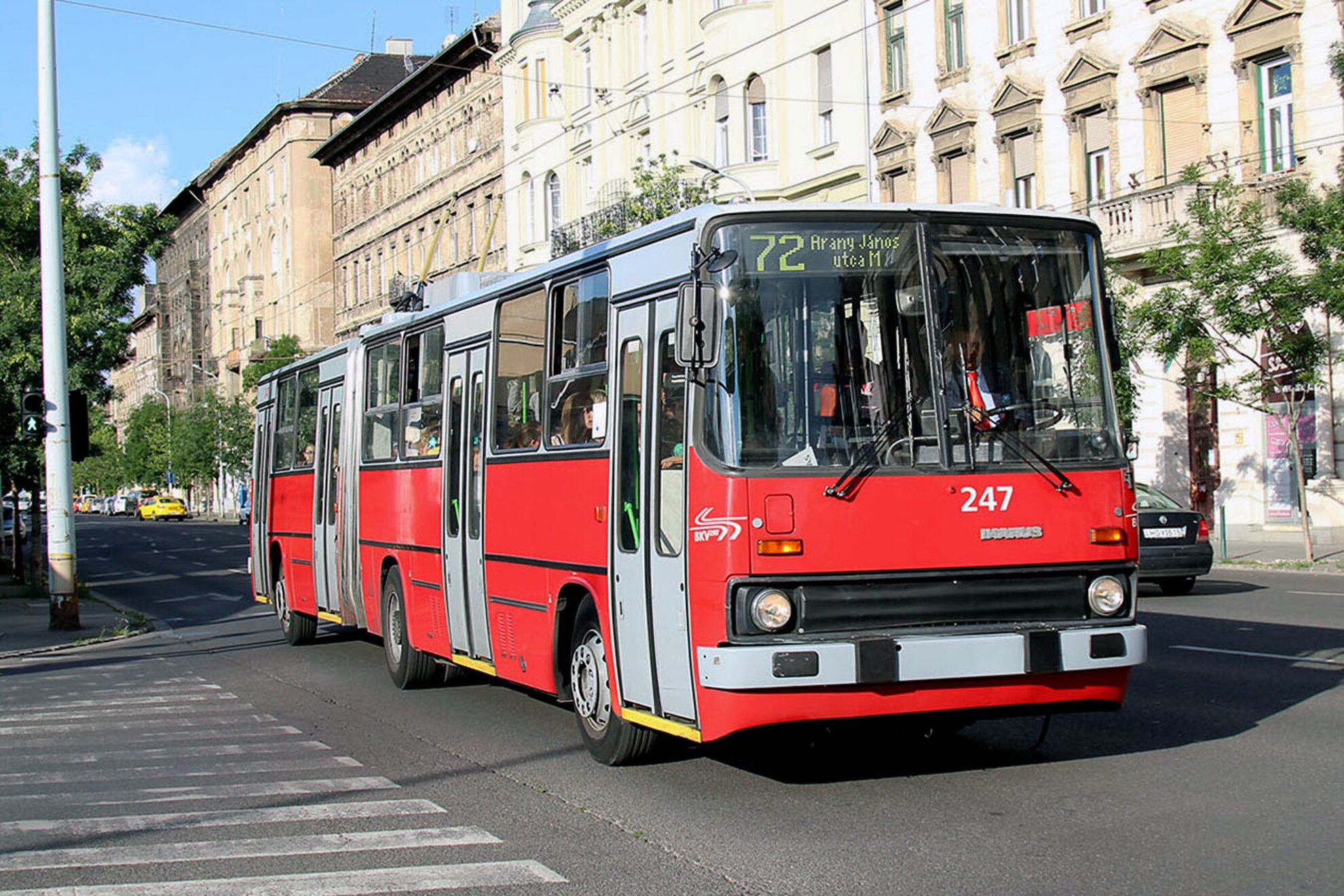
The first trolleybus was number 70. (Actually, the very first such vehicle came in 1933, but that was up in Óbuda, a left-hand drive and short-lived.) Even today, rattling my building as we speak, Budapest’s trolleybuses start from number 70, its dozen or so counterparts (No.72, No.73, No.74…) criss-crossing the gritty streets of east Pest, serving the good burgers of Zugló and skirting landmarks such as the City Park, Keleti station and the Széchenyi Baths, gorgeous sights all, all now eerily quiet for good reason.
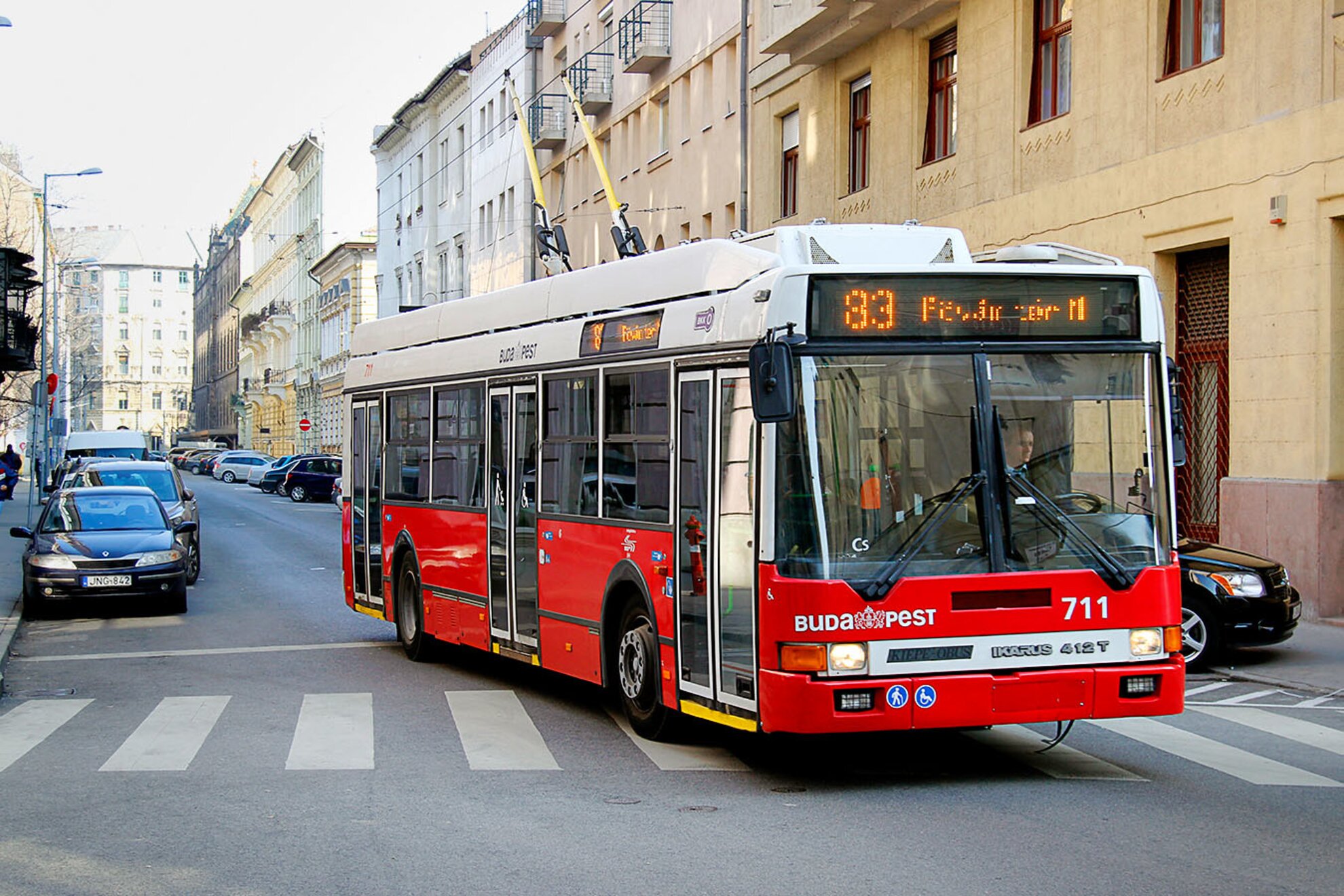
There are heroes in this story, too, but not Stalin’s foot soldiers – whose liberation of Budapest exactly 75 years ago will almost certainly slip away unnoticed this spring. No, today's heroes are our trolleybus drivers, dutifully carrying out their work, stopping off at each one of those gritty streets and ghostly sights. Once the day’s over, they will go home to avoid immediate interaction with their families, wash their hands as thoroughly as may be possible, and prepare for another shift on route 76.
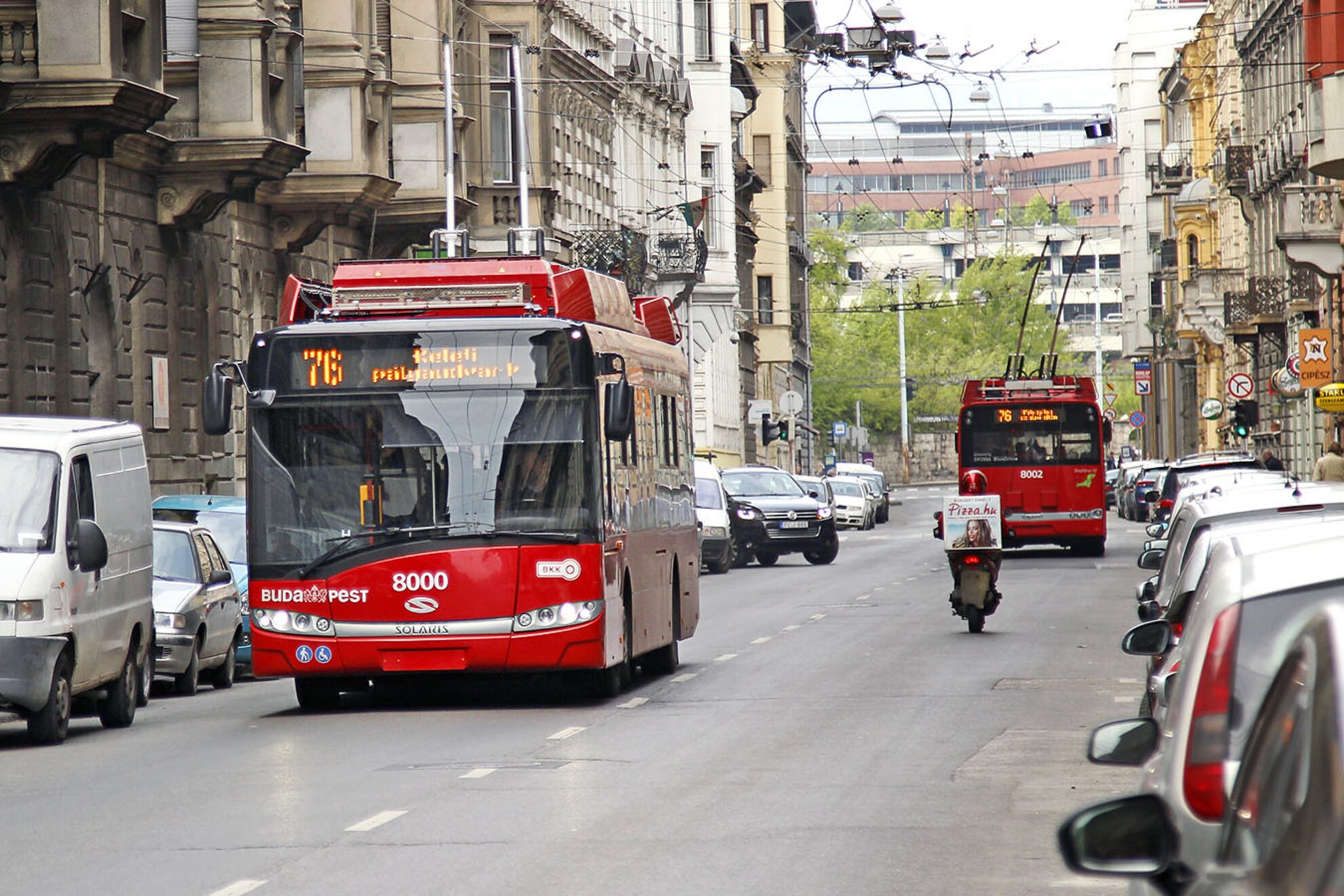
For daytime protection, they have been granted a cordon, the area around their window and first row of seats sectioned off with a warning sign, so that passengers must now alight by the other doors. This means that fare-dodging is almost certainly rife – ticket inspectors have all gone to ground. Priorities must now lie elsewhere.
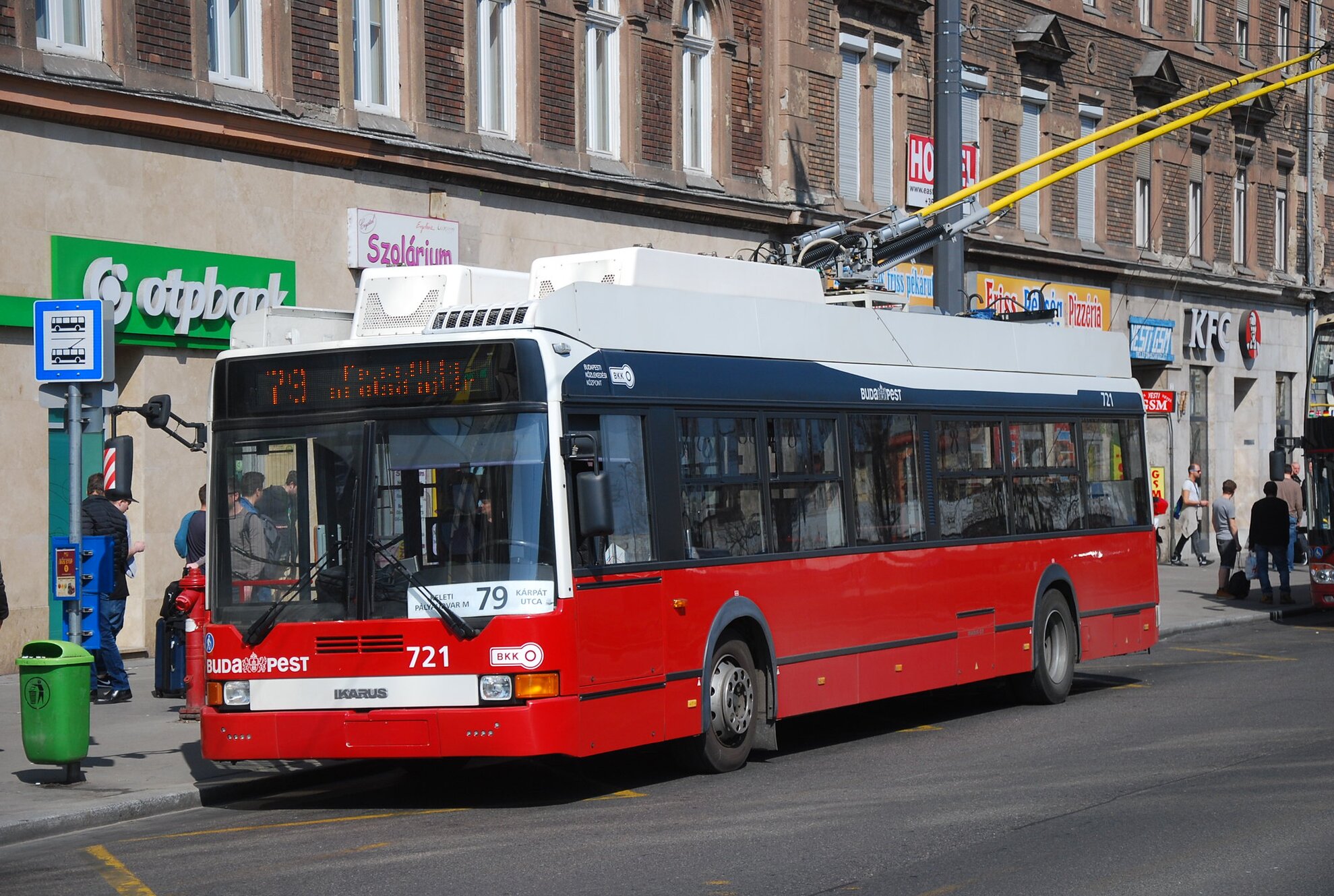
While traversing the city is no way advisable, essential shopping and a trip to the pharmacy may have to be faced, sensibly, with discipline and with social distance. In this, the trolleybus drivers are our guardian angels, holding the doors open longer at stops to help with air circulation, yet sticking to schedule. Keeping the city ticking, in fact, when most needed.
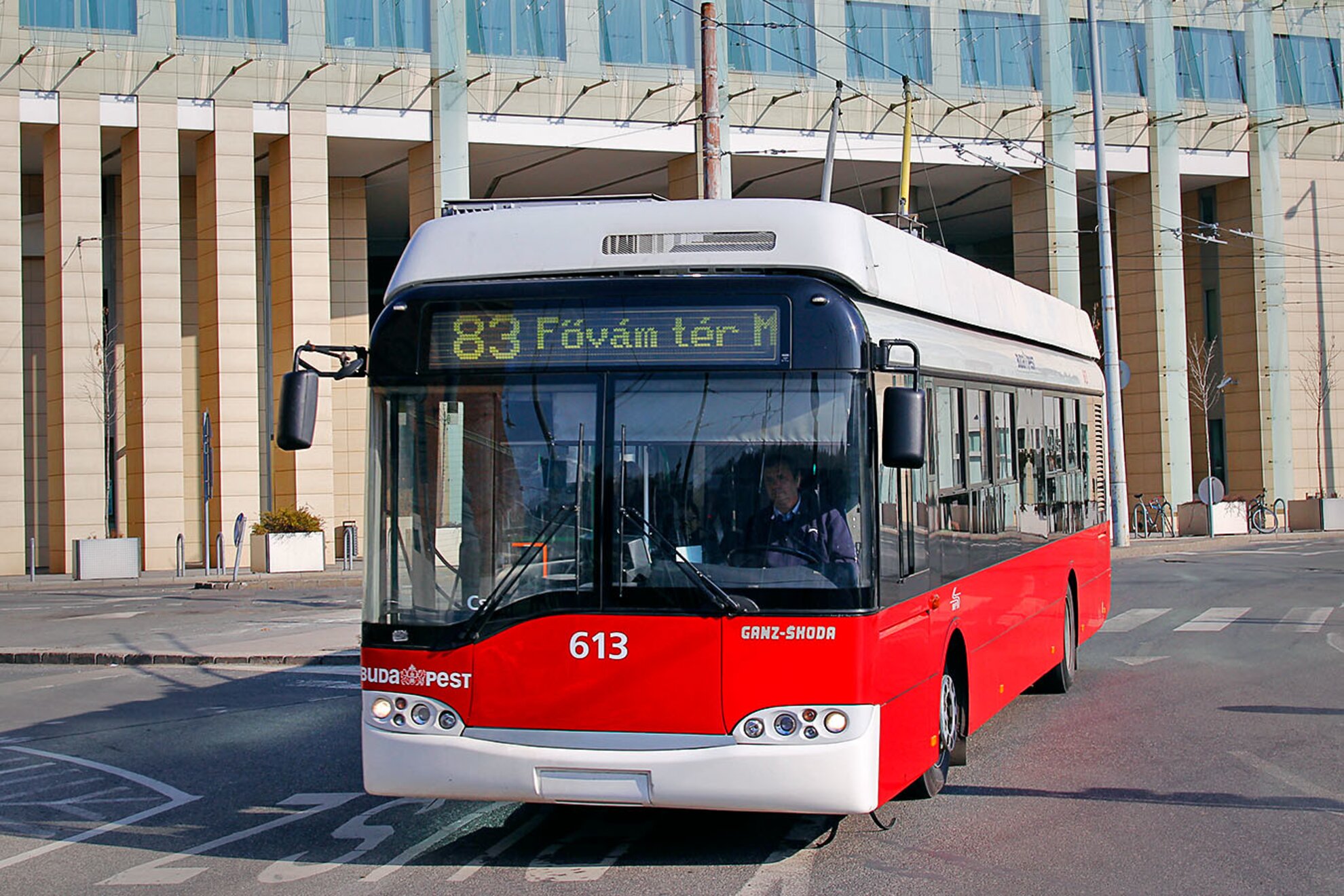
Passengers, too, are getting the message, sitting as far apart from each other as possible, not bothering the driver with any questions. There’s nothing worth talking about.
One day, all this will be over and that, for passenger and driver unknowingly alike, will be a red-letter day for all parties.
